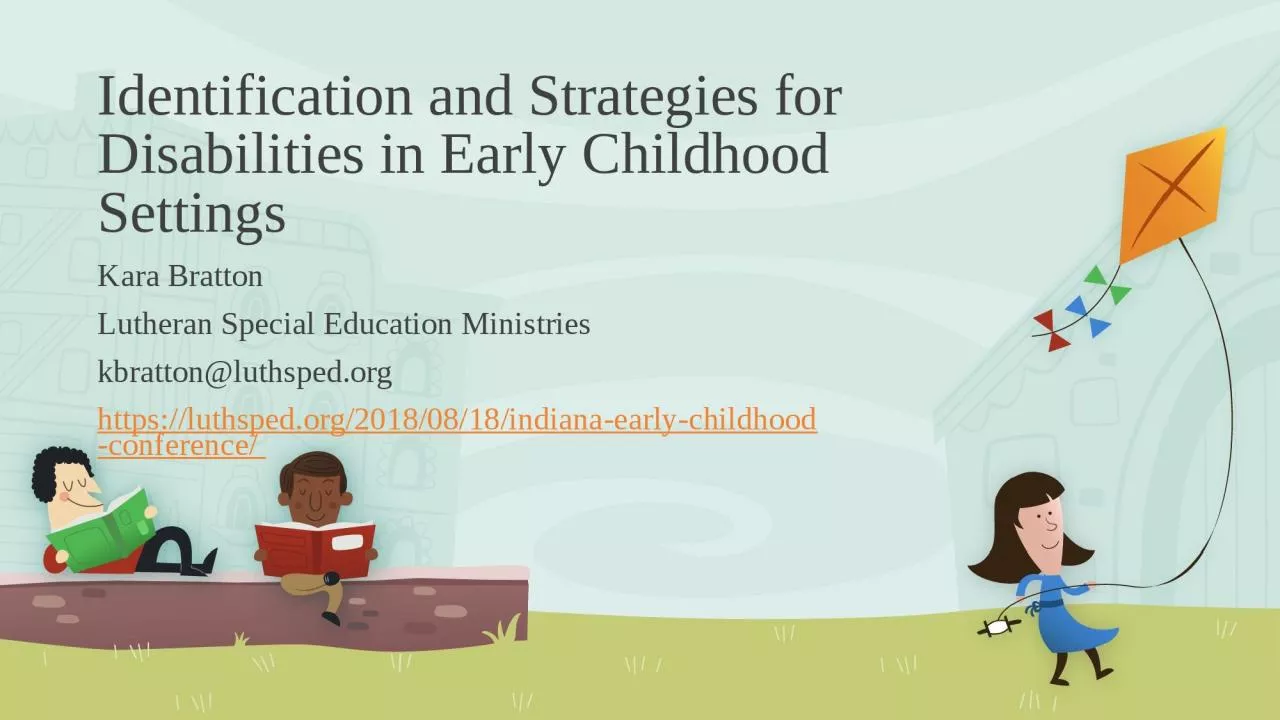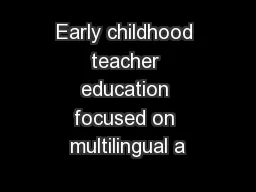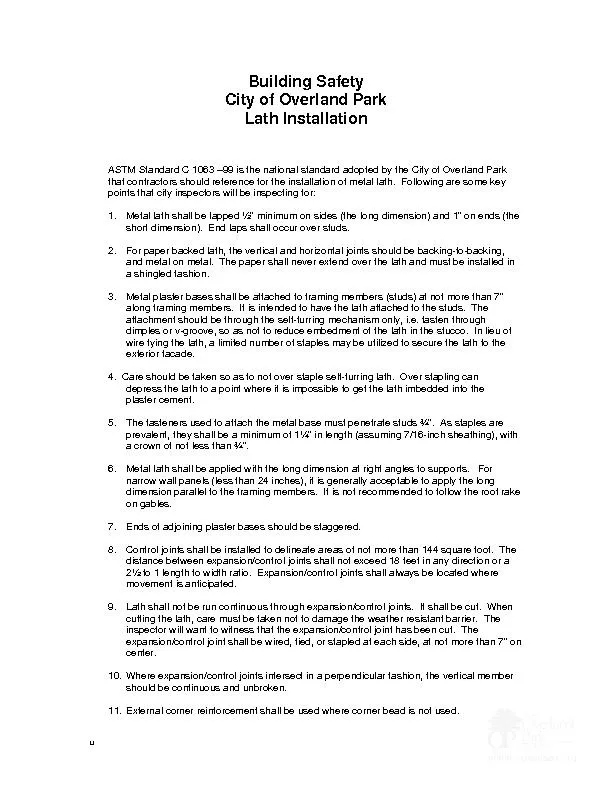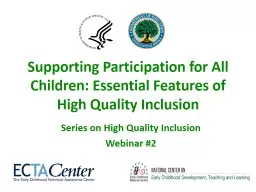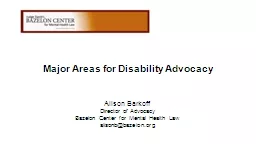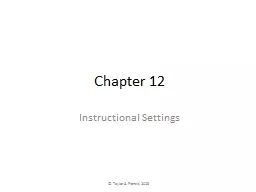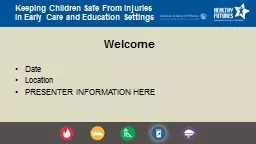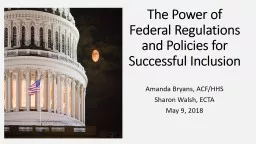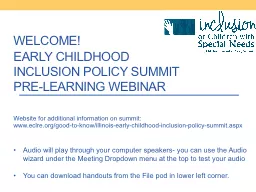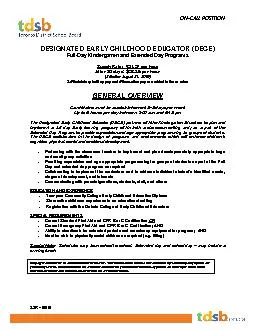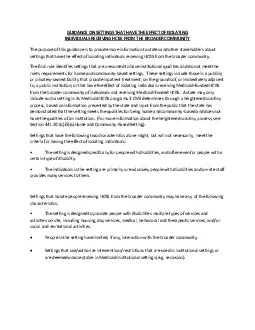PPT-Identification and Strategies for Disabilities in Early Childhood Settings
Author : emery | Published Date : 2023-11-19
Kara Bratton Lutheran Special Education Ministries kbratton luthspedorg httpsluthspedorg20180818indianaearlychildhoodconference Reading Simulation When you see
Presentation Embed Code
Download Presentation
Download Presentation The PPT/PDF document "Identification and Strategies for Disabi..." is the property of its rightful owner. Permission is granted to download and print the materials on this website for personal, non-commercial use only, and to display it on your personal computer provided you do not modify the materials and that you retain all copyright notices contained in the materials. By downloading content from our website, you accept the terms of this agreement.
Identification and Strategies for Disabilities in Early Childhood Settings: Transcript
Download Rules Of Document
"Identification and Strategies for Disabilities in Early Childhood Settings"The content belongs to its owner. You may download and print it for personal use, without modification, and keep all copyright notices. By downloading, you agree to these terms.
Related Documents

